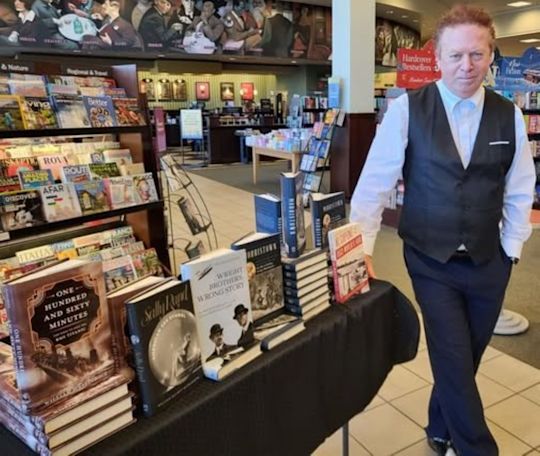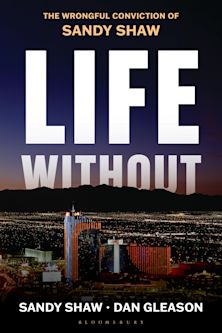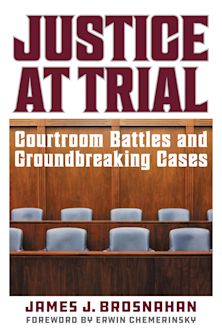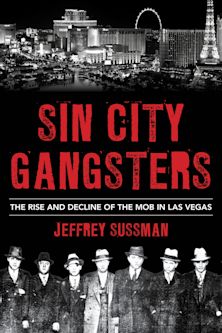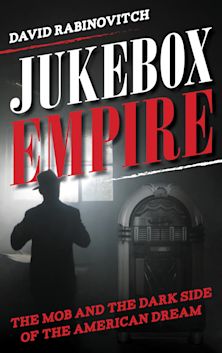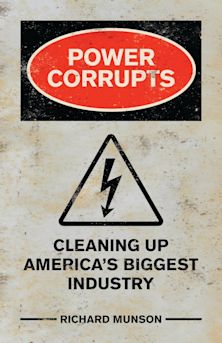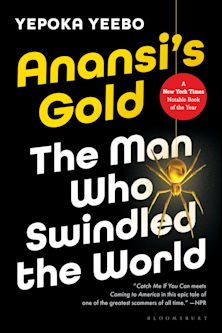- Home
- NON-FICTION
- True Crime
- Al Capone and the 1933 World's Fair
Al Capone and the 1933 World's Fair
The End of the Gangster Era in Chicago
Al Capone and the 1933 World's Fair
The End of the Gangster Era in Chicago
You must sign in to add this item to your wishlist. Please sign in or create an account
Description
Al Capone and the 1933 World’s Fair: The End of the Gangster Era in Chicago is a historical look at Chicago during the darkest days of the Great Depression. The story of Chicago fighting the hold that organized crime had on the city to be able to put on The 1933 World's Fair.
William Hazelgrove provides the exciting and sprawling history behind the 1933 World's Fair, the last of the golden age. He reveals the story of the six millionaire businessmen, dubbed The Secret Six, who beat Al Capone at his own game, ending the gangster era as prohibition was repealed. The story of an intriguing woman, Sally Rand, who embodied the World's Fair with her own rags to riches story and brought sex into the open. The story of Rufus and Charles Dawes who gave the fair a theme and then found financing in the worst economic times the country had ever experienced. The story of the most corrupt mayor of Chicago, William Thompson, who owed his election to Al Capone; and the mayor who followed him, Anton Cermak, who was murdered months before the fair opened by an assassin many said was hired by Al Capone.
But most of all it’s the story about a city fighting for survival in the darkest of times; and a shining light of hope called A Century of Progress.
Table of Contents
1: Chicago, May 27, 1933
2: Valentine’s Day, 1929
3: Chicago’s Second World’s Fair
4: WAMPAS Baby Star
5: Public Enemy Number One
6: The White City
7: Bootlegging
8: The Big Man
9: The Big Fellah Comes Home
10: The Perfect Storm
11: Financing a Fair
12: The Untouchables
13: Birth of the Nymph
14: Death in the Underground
15: Breaking Ground
16: The Secret Six
17: The Modernists
18: Lady Godiva
19: Horatio Alger Returns
20: The Design
21: The Secret Six Get to Work
22: Beginning to Build the Rainbow City
23: Gold Diggers
24: Meeting Al Capone
25: Water, Electric, and the Sky Ride
26: One Hundred Thousand
27: The Depression Fair
28: Nymphs
29: Springtime in Chicago
30: The Sky Ride
31: The Trial of Al Capone
32: Color and Light
33: The Plea Bargain
34: The Temple of Womanhood
35: The Bad Plea Bargain
36: Frank Lloyd Wright's Fair
37: Hayseeds
38: The Gaseous Tube
39: The Trial of Al Capone
40: The Disposable Fair
41: Verdict
42: Racing the Clock
43: Capone on Ice
44: Lady Godiva Again
45: Death of the Untouchables
46: A Day at the Fair
47: Sex at the Fair
48: A Century of Progress
49: Rags to Riches
50: En of the Fair
Epilogue
Product details
| Published | Sep 15 2017 |
|---|---|
| Format | Ebook (Epub & Mobi) |
| Edition | 1st |
| Extent | 280 |
| ISBN | 9781442272279 |
| Imprint | Rowman & Littlefield Publishers |
| Illustrations | 9 b/w photos |
| Publisher | Bloomsbury Publishing |
About the contributors
Reviews
-
In the years leading up to 1933, Nathan Leopold and Richard Loeb, two rich Chicago kids, murdered another boy for fun; the U.S. was mired in the Great Depression; Charles Lindbergh’s baby was kidnapped and murdered; Hitler was elected chancellor of Germany; and Al Capone, who had used Prohibition as a way to expand his criminal empire, was the de facto mayor of Chicago, even though he was, technically, a prison inmate. Amid all this turmoil, the Chicago political powers that be thought it would be a great idea to throw a World’s Fair. But how do you fund a $20 million extravaganza when the city is broke? How do you keep the gangsters from running rampant? The fair’s planner promised the people of the city that gangsters 'will be gone' by the time of the fair, but how could he possibly follow through? Enter the Secret Six, a group of businessmen who joined forces for a most dangerous mission: to eradicate organized crime in Chicago by the time the fair opened. This is a thrilling and frequently surprising story about larger-than-life people and their larger-than-life ambitions.
Booklist
-
This book is intense and exciting and brings to life a piece of history that’s thrilling and fascinating.
Kenosha News
-
[Hazelgrove] argues that Chicago had to break the hold of organized crime in order to stage the 1933 World’s Fair. Hazelgrove supports his argument by revealing how a group of Chicago businessmen, dubbed the ‘Secret Six,’ worked to end the gangster era . . . this is a slim but satisfying study, one that general readers will find enlightening and scholars of the presidency and humor will find most valuable.
Journal Of Illinois History
-
Hazelgrove. . . makes a compelling argument that “scapegoating” Capone for the fiscal ills of both Chicago and the United States (following the Great Depression) was nothing more than a distraction from the greater economic calamities that had undermined American capitalism. . . . Hazelgrove, intentionally I suspect, provides a thoughtful comparison between the xenophobia of yesterday with what is consuming American society today. Citing the president’s name several times, it is quite apparent that Hazelgrove recognizes history’s recurring theme: no matter how the names may change, the game remains the same — namely, blame outsiders for what are clearly systemic flaws in our system of justice.
Criminal Law and Criminal Justice Books
-
Love it. He keeps supplying my bookshelf with things that I love. William Hazelgrove is prolific and he becomes, with each book, a better writer. Al Capone and the 1933 World’s Fair is a fascinating and fabulous book that tells the story of a sadly relatively unknown but successful World’s Fair. This was obviously an enjoyable project for Hazelgrove; he brings it to life.
Rick Kogan, Chicago Tribune, WGN Radio
-
A great thrill ride through Al Capone’s Chicago, filled with sizzling action and unforgettable characters.
Jonathan Eig, author of Get Capone/ ALI











